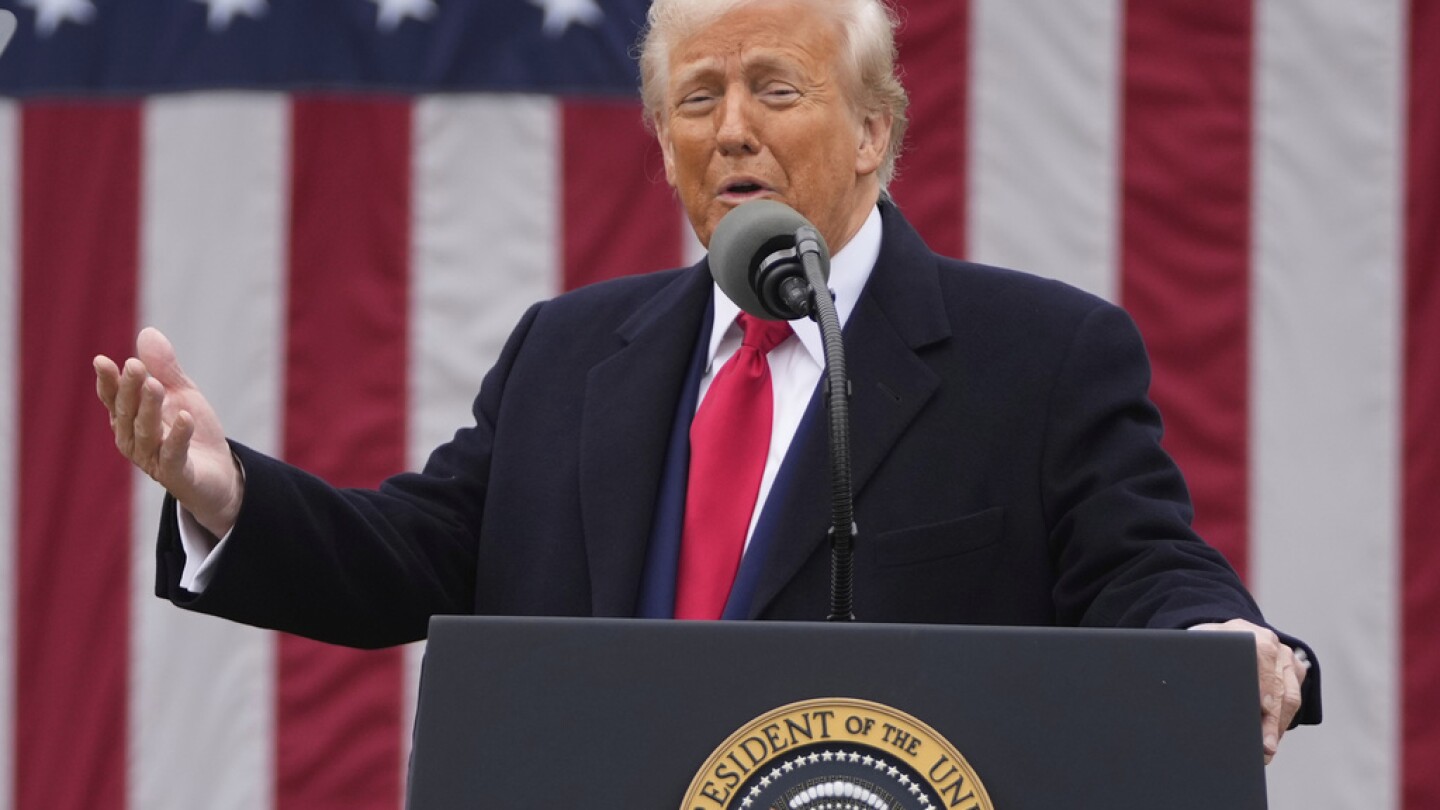President Donald Trump on Wednesday announced far-reaching new tariffs on nearly all U.S. trading partners — a 34% tax on imports from China and 20% on the European Union, among others — that threaten to dismantle much of the architecture of the global economy and trigger broader trade wars.
Trump, in a Rose Garden announcement, said he was placing elevated tariff rates on dozens of nations that run meaningful trade surpluses with the United States while imposing a 10% baseline tax on imports from all countries in response to what he called an economic emergency.
The action amounts to a historic tax hike that could push the global order to a breaking point. It kickstarts what could be a painful transition for many Americans as middle-class essentials such as housing, autos and clothing are expected to become more costly, while disrupting the alliances built to ensure peace and economic stability.
What to know about Trump’s ‘reciprocal’ tariffs:
Where do US-collected tariffs go? Tariffs are taxes on imports, collected by U.S. border by Customs and Border Protection when foreign goods cross into the country. The money — about $80 billion last year — goes to the U.S. Treasury to help pay the federal government’s expenses. Congress has the authority to say how the money will be spent.How soon will prices rise? It depends on how businesses both in the U.S. and overseas respond, but consumers could see overall prices rising within a month or two. For some products, such as produce from Mexico, prices could rise much faster.What is the limit of the president’s power to implement tariffs? The U.S. Constitution grants the power to set tariffs to Congress. But over the years, Congress has delegated the powers to the president through several different laws. Trump has sought to use emergency powers set out in a 1977 law to impose tariffs in a more ad hoc fashion.Senate resolution rebukes Trump’s tariffs: Passed 51-48, the resolution would end the presidential emergency declaration on fentanyl that underpins tariffs on Canada. The legislation has little chance of passing the Republican-controlled House but shows the limits of Republican support for Trump’s vision of remaking the U.S. economy by restricting free trade.
